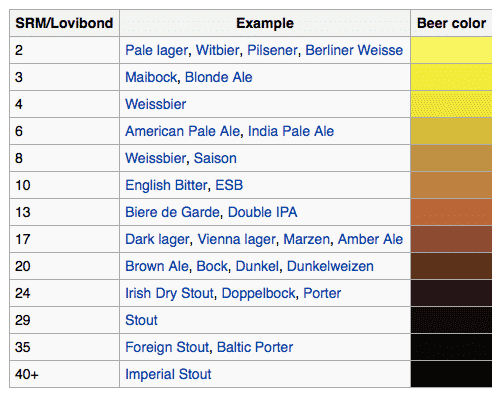




Beer color is classically measured in degrees Lovibond, EBC, and SRM which are all closely related. Unfortunately, Lovibond scale relies on the absorbance at 430nm, which our IKEA lamp doesn’t emit much of. Because this is a quick at home measurement using household items, we will turn to CIE L*a*b* for colorimetry which is more sophisticated method of colorimetry. Otherwise, we would use our SL5 Deuterium Halogen lamp, a cuvette, and our Python code which has SRM/Lovibond/EBC calculations built in for proper UV-Vis beer analysis.
As the beer style increases in malt roast qualities, the spectrum shifts further to the red, absorbing most of the green and all of the blue light. The porter was so opaque that we had to do a 1/10 solution of porter to water to allow some light to pass.
StellarNet reminds you in these difficult times to drink responsibly and drink local. If you have any applications for our instruments, shoot us an email or give us a call to speak with one of our talented applications scientists.







